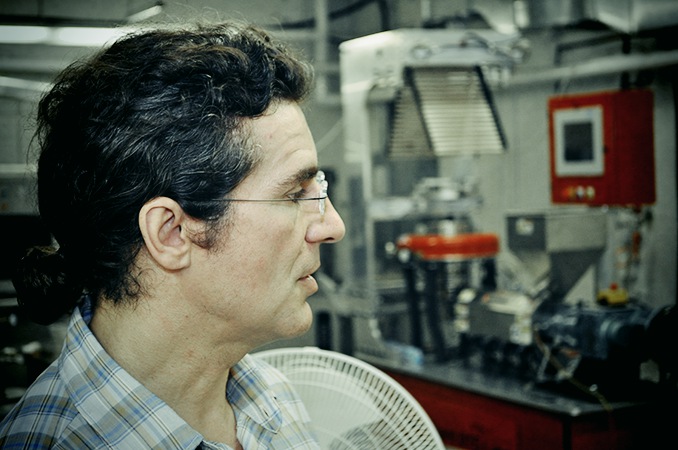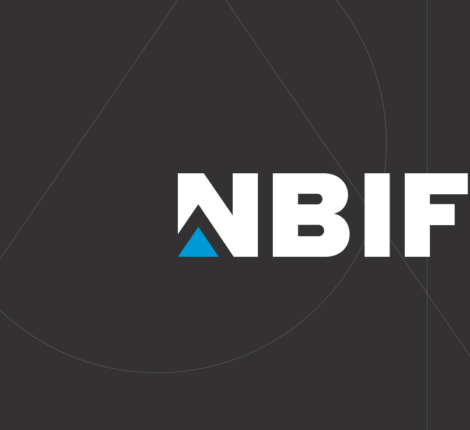- June 6, 2013
- Applied Research
- Comments : 0
$460,000 Investment To Make Solar Power More Accessible

Dr Felipe Chibante and his team of researchers at UNB are positioning themselves to be on the cutting edge of advancements in the solar energy market. With $460,000 in funding support announced today by the New Brunswick Innovation Foundation, the team is working to meet growing demand for carbon fullerenes while reducing manufacturing costs.
In just one hour enough solar energy comes to Earth to power the globe for a year. Chibante says organic photovoltaic (OPV) technology, using fullerenes, offers options to create fibres made from these active materials so clothes, curtains and even the roof of a car can be made harness solar power.
Fullerenes are a molecular form of pure carbon with soccer ball-like structures. They are also the key ingredient in OPV devices due to the high capacity to accept electrons.
Chibante leads a team of researchers as Richard J Currie Chair in Nanotechnology. Chibante was part of the team at Rice University in Houston that discovered this form of carbon in 1985. He has extensive experience in working to improve their production.
Carbon fullerenes can be dissolved, heated, evaporated and then condensed back down, can absorb light photons and help convert that to electricity. This differs from silicon-based solar cell technology in that it is made like an ink and can be deposited on a piece of plastic and printed with a technique called roll-to-roll printing.
This is the first photovoltaic technology capable of generating electricity at a cost on par with conventional fuels, making it a cost-effective renewable energy source.
“Companies making plastic solar cells say the fullerenes are the most expensive component of this technology and a lower cost could bring a real benefit,” Chibante said. “We are hoping this technology will start an industry here in this province.”
Currently fullerenes cost between $12 – 15 thousand dollars per kilogram. With the team’s understanding of the fundamental mechanisms of this carbon Chibante says this cost can be lowered to $5 thousand per kilogram in short order. This project also includes a longer-term strategy to further decrease the cost to $50 per kilogram.
Chibante says there are literally thousands of patents on applications and uses of these fullerene materials. From medicinal value to high value deposits or photovoltaic devices or sensors, all the way down to a filler in rubber or as an antioxidant. As Chibante’s team begins to manufacture these fullerenes cheaper they will be able to enter new markets.
“We are not trying to make an entire industry, there are partners that make those things. We just have to make sure we feed in well.”
Partnering with local company, Atlantic Hydrogen, which makes a carbon material they use as feedstock, Chibante says the team at UNB has an advantage.
“We are at the frontier of getting this technology commercialized,” he said. “We can be the first there. We can transcend everyone else as technology developer and we can keep it all in New Brunswick, making material that has benefits around the world.”

